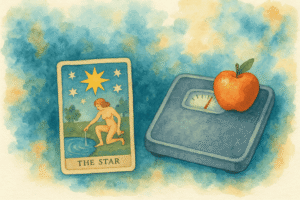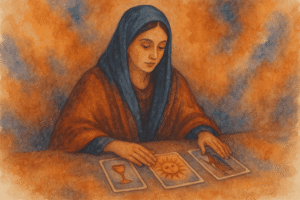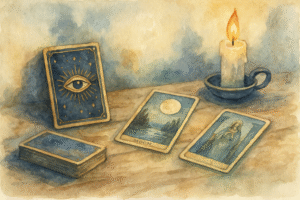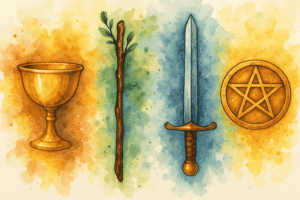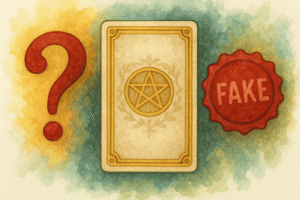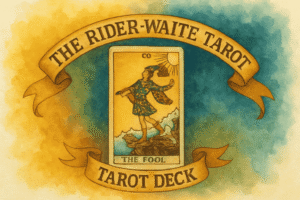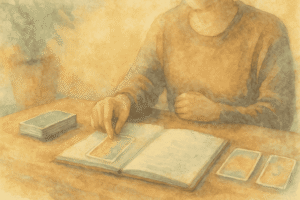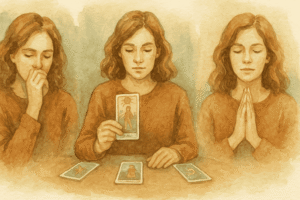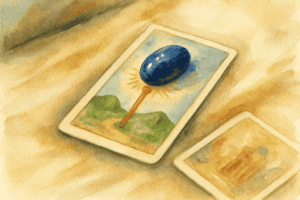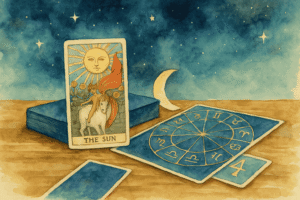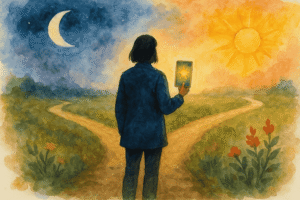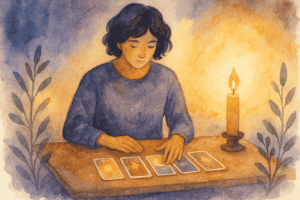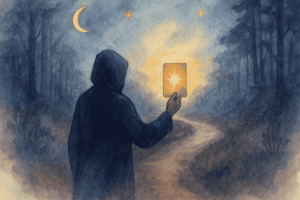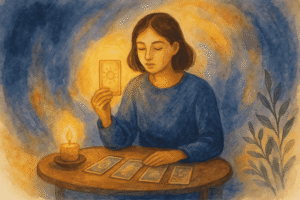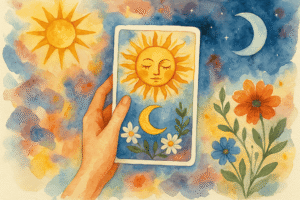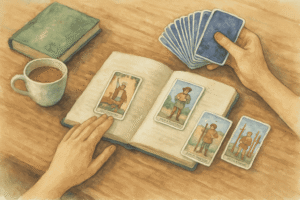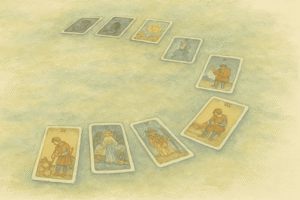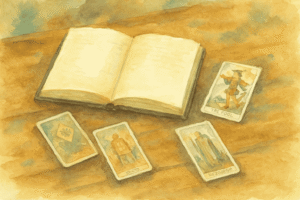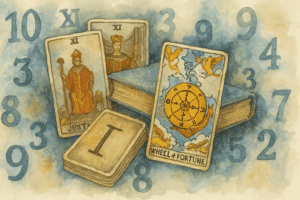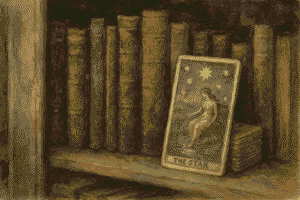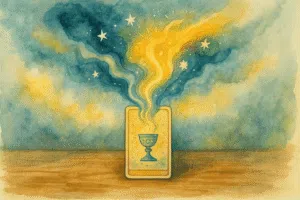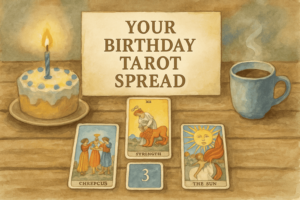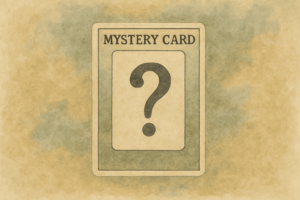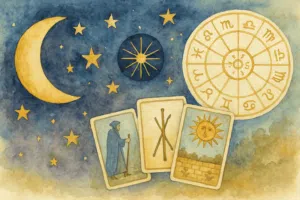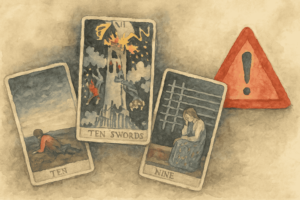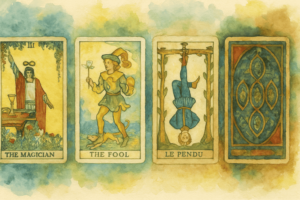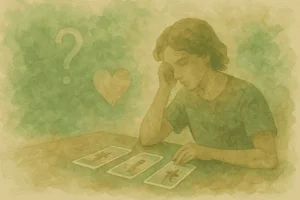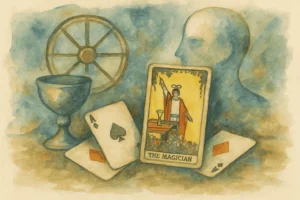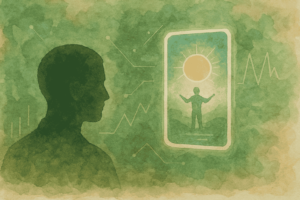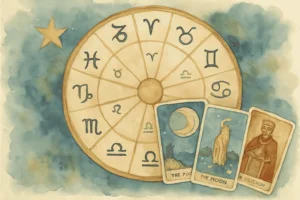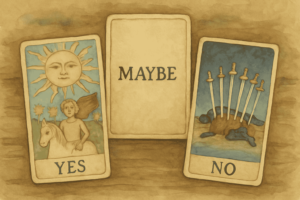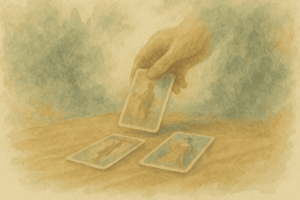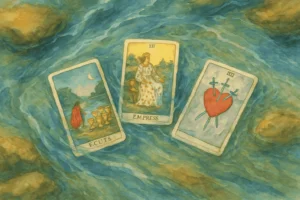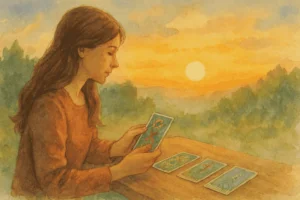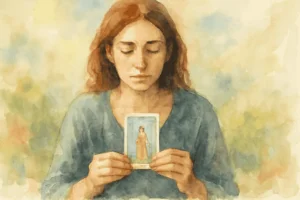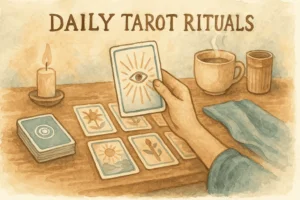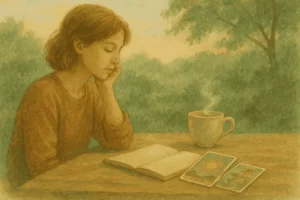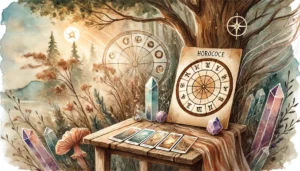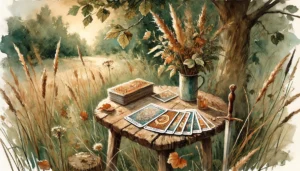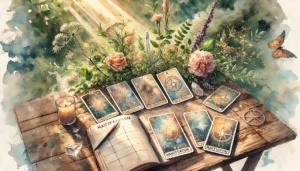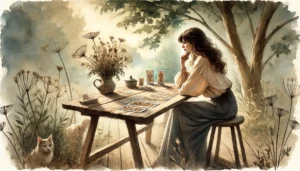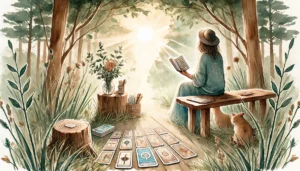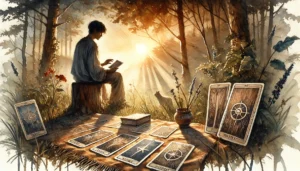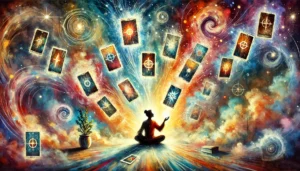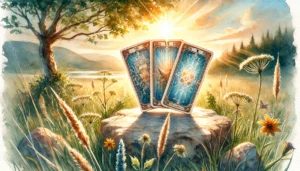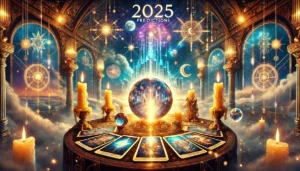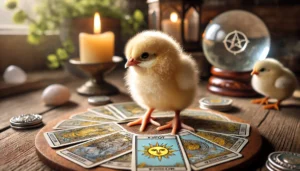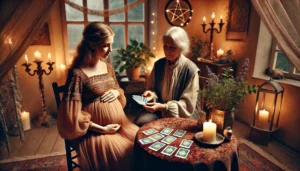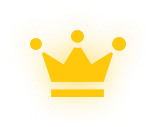In a world where we constantly seek guidance and clarity, the allure of card reading has never been stronger. Whether you’re navigating a crossroads in life, exploring your inner self, or simply curious about the mysteries of the universe, understanding the tools at your disposal is essential. Tarot and oracle cards are two popular pathways that can lead to greater self-awareness and spiritual insight. But how do you know which one is right for you? Let’s explore the key differences and the unique attributes of these decks to help you make an informed choice on your journey.
Tarot: Structure and Symbolism
Tarot decks are characterized by their disciplined structure. Each tarot deck consists of 78 cards, divided into the Major Arcana (22 cards that represent significant life events and spiritual lessons) and the Minor Arcana (56 cards that reflect everyday experiences). This well-defined system provides a consistent architecture to readings, allowing users to tap into deep, universal themes. The imagery and symbolism in tarot cards—often evoking archetypes, mythology, and esoteric knowledge—invite users into a layered understanding of their situations.
Oracle Cards: Flexibility and Freedom
In contrast, oracle cards embody a free-spirited approach. They come in various forms and sizes, with an infinite number of themes, illustrations, and messages. Unlike the fixed number of tarot cards, oracle decks can have as few as 10 cards or as many as 100 or more. This diversity offers users the chance to connect with their intuition in unique ways, guiding personal insights tailored to their needs. With themes ranging from angels to affirmations, oracle cards allow for a more personalized experience built around individual preferences and current life circumstances.
When to Use Tarot and Oracle Cards
Both tarot and oracle cards can serve invaluable roles in your journey toward self-discovery. If you’re looking for structure and depth, tarot can help you dive deep into the complexities of a situation. It’s especially useful for in-depth readings, developing a personal narrative of your life, and fostering a better understanding of profound themes. Think of tarot as a guided map charting your path through the intricacies of life.
On the other hand, oracle cards shine when seeking quick insights or when you’re faced with immediate questions. They can provide affirmation or clarity in times of confusion or uncertainty. If you’re in need of a motivational boost or inspired guidance, oracle cards can lift your spirits and set you on the right track. Combined, tarot and oracle decks serve as complementary tools; one brings depth, while the other offers lightness.
Guidance for Beginners
As a beginner, deciding between tarot vs. oracle cards might feel overwhelming. A good first step is to explore what resonates with you. If you’re drawn to detailed symbolism and a fixed structure, tarot might be the route to take. However, if you prefer a more open-ended and intuitive approach, you might find oracle cards better suited for your exploration.
Additionally, don’t feel confined to one option. Many readers benefit from utilizing both decks at different times, allowing for a richer, layered experience. For those wary of traditional tarot, you can also explore tools like Gratis online AI-tarotkort, which offers a unique blend of technology and tradition to help you navigate your journey.
The Benefits of Understanding Tarot and Oracle Cards
As you delve deeper into the world of tarot and oracle cards, you may find that these tools enhance not only your spiritual journey but also your emotional wellness. They provide vibrant ways to express and understand your innermost thoughts and feelings, serving as mirrors reflecting your subconscious. With time, using these decks can lead to greater clarity, confidence, and connection with both yourself and the universe.
Referencer
- Smith, J. “Understanding Tarot Cards: A Comprehensive Guide”. 2021
- Psychology Today. “The Role of Oracle Cards in Self-Discovery”. 2022






